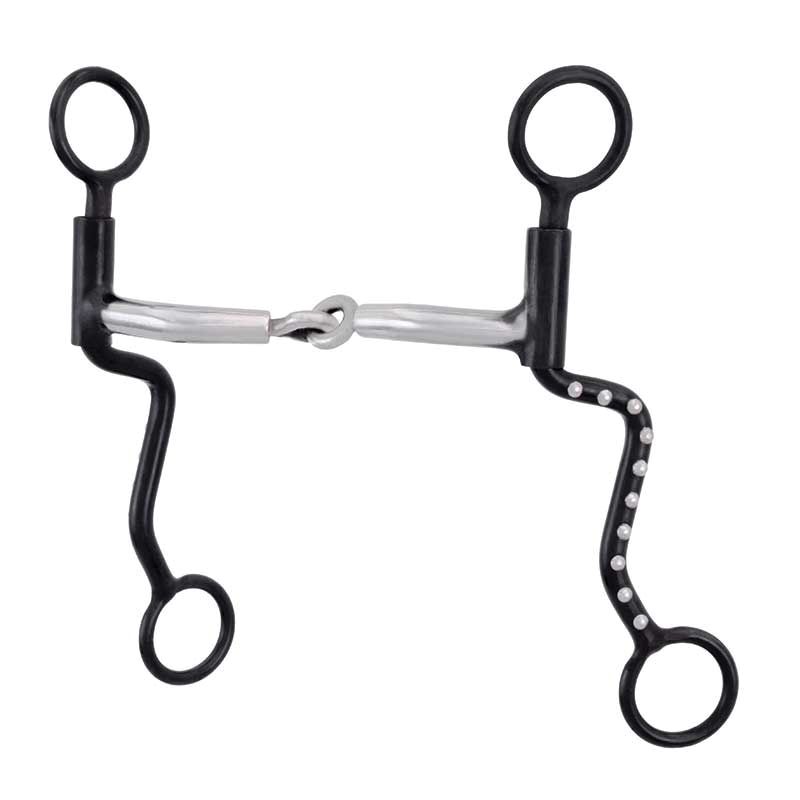When we got her, we were expecting a horse ready to quiet down and retire from her 7-hour workdays. She is not lol. I try to stick to shorter rides, but she's always wanting to keep going longer and faster. I am concerned about the possibility of arthritis popping up soon (actually I expected it to be there already, she was a team roper and full-time ranch horse at one point) but so far it's not there. I probably will never compete with her, but as long as she's happy to have me learn how to train those things, I'll probably keep doing it.Going back to the op I wouldn't use anything other than a snaffle on a twenty year old horse.
Looking at your posts you are trying to teach sliding stops to an older horse who is more than likely wanting a quieter life, and will have arthritic changes.
Enjoy your time with each other, have fun together, but leave the western curbs, stops and tight turns for your next younger horse.
And of course, she's a grouchy old mare with a lot of go, so I don't want to sell her in case she falls into the wrong hands, among other reasons. My mom doesn't want three horses and my dad still wants his own, so at the moment, I'm boxed in to either get a new one and have no clue about where she's going, or keep and enjoy her.




